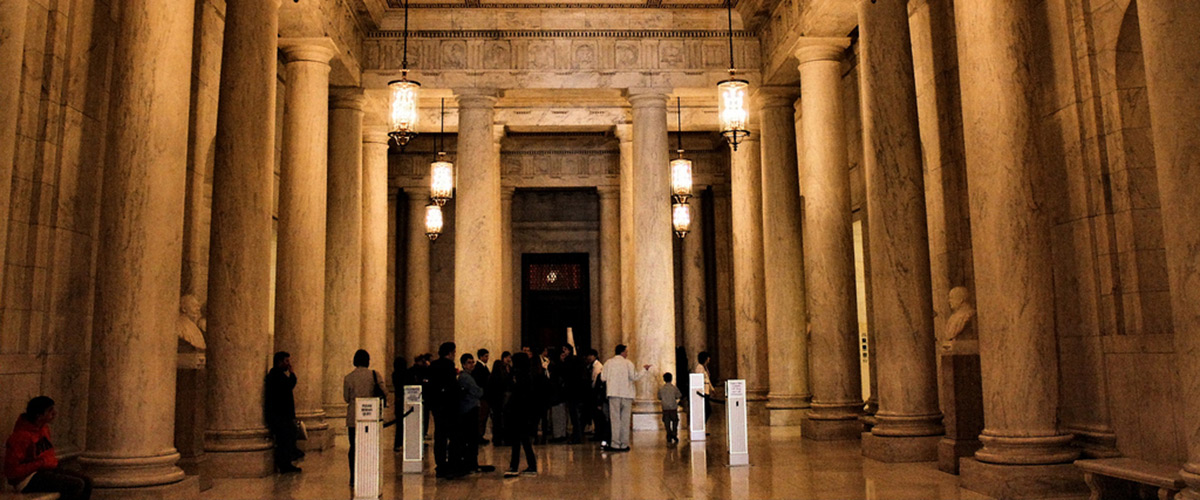Collaboration Courts Prosecutors September 23, 2015
The Decision Points blog series explores the seven key decision points during the typical criminal case where choices can be made to reduce jail populations.
“It is a prosecutor’s duty to pursue equity and justice so that all individuals can pursue their lives free from crime and without fear from oppression.”
So reads the Association of Prosecuting Attorneys’ mission statement in its The Prosecutor’s Policy Guide: A Roadmap to Innovation. This call to action is especially urgent today, as prosecutors—whose leadership role can significantly influence reform efforts—are uniquely positioned to address the over-use of jails in local justice systems and its disproportionate effects on communities of color.
Prosecutors who recognize their ability to influence transformation and seek to incorporate new methods of prosecution in order to safely reduce jail populations may encounter barriers to change, however. They might find themselves facing traditional expectations from the public, their peers, or other criminal justice partners who see prosecutors as “case processors” rather than “crime preventers.” Or they might find that their staff lacks necessary buy-in for the successful adoption of new strategies. However, as leaders, prosecutors have the ability to recognize and implement innovation by not only making their staff and partners aware of potential benefits of change, but also by taking the necessary steps to see shifts in day-to-day practices.
In order to prove the efficacy of new programs and practices and secure their sustained support, prosecutors must identify specific objectives at the start of implementation and establish means of measuring performance throughout. They should always consider how a new program or practice will benefit public safety—and communicate that to their staff and, if appropriate, the public. In Minneapolis, for example, City Attorney Susan Segel implemented the Minneapolis Downtown 100, a program designed to reduce crime committed by chronic homeless offenders through coordinated efforts to provide assistance and housing support by prosecutors, probation officers, and social services and housing providers. The program achieved a 77 percent drop in crimes committed by identified chronic offenders. Programs like the Minneapolis Downtown 100 can provide support to prosecutors seeking to effect change due to their adherence to the traditional approach used for defining and measuring success—a change in the rate of crimes committed—while at the same time, engaging stakeholders in taking action that reduces unnecessary jail stays.
To further support the success of new practices, prosecutors who pursue alternative case handling methods—such as implementing a community justice alternative to jail for a person charged with vandalism (community service to clean up a vandalized area, for example)—should compare new approaches to existing ones for an accurate comparison to traditional case processing. Prosecutors should be ready to explain the benefits of an alternative case processing approach to those who would dismiss proposed alternatives for being too lenient on accused offenders.
Some prosecutorial office structures may need to change, as well, to combat internal resistance to change, whether that means creating systems to track the development, implementation, and effectiveness of new programs and practices, instituting peer reviews of alternative case processing methods among line prosecutors, or simply encouraging open discussion of new strategies.
Though complicated and varied factors contribute to the overuse of jails in our communities and the disproportionate jailing of people of color, prosecutors’ actions can and should play a leadership role in addressing these problems. In response to a growing awareness of the inequities of our justice system, the American Bar Association and the NAACP Legal Defense and Educational Fund recently released a joint statement identifying 12 reforms that prosecutors can take to address racial bias in the criminal justice system. These prosecutorial reforms, they said, are “necessary investments that are essential to strengthening public confidence in the rule of law and the legitimacy of our justice system.”
As one promising example of such leadership, many of the jurisdictions participating in the MacArthur Foundation’s Safety and Justice Challenge—an initiative to change the way America thinks about and uses jails—are developing plans in partnership with their local prosecutors’ offices to rethink how they use jail. Through careful evaluation of an office’s structures and practices, and the strategic adoption of promising programs, prosecutors nationwide can safely reduce unnecessary jail incarceration to make the communities they serve safer.
Note: This piece also ran on the Huffington Post (“Decision Points: Pursuing Innovation in Prosecution”).


